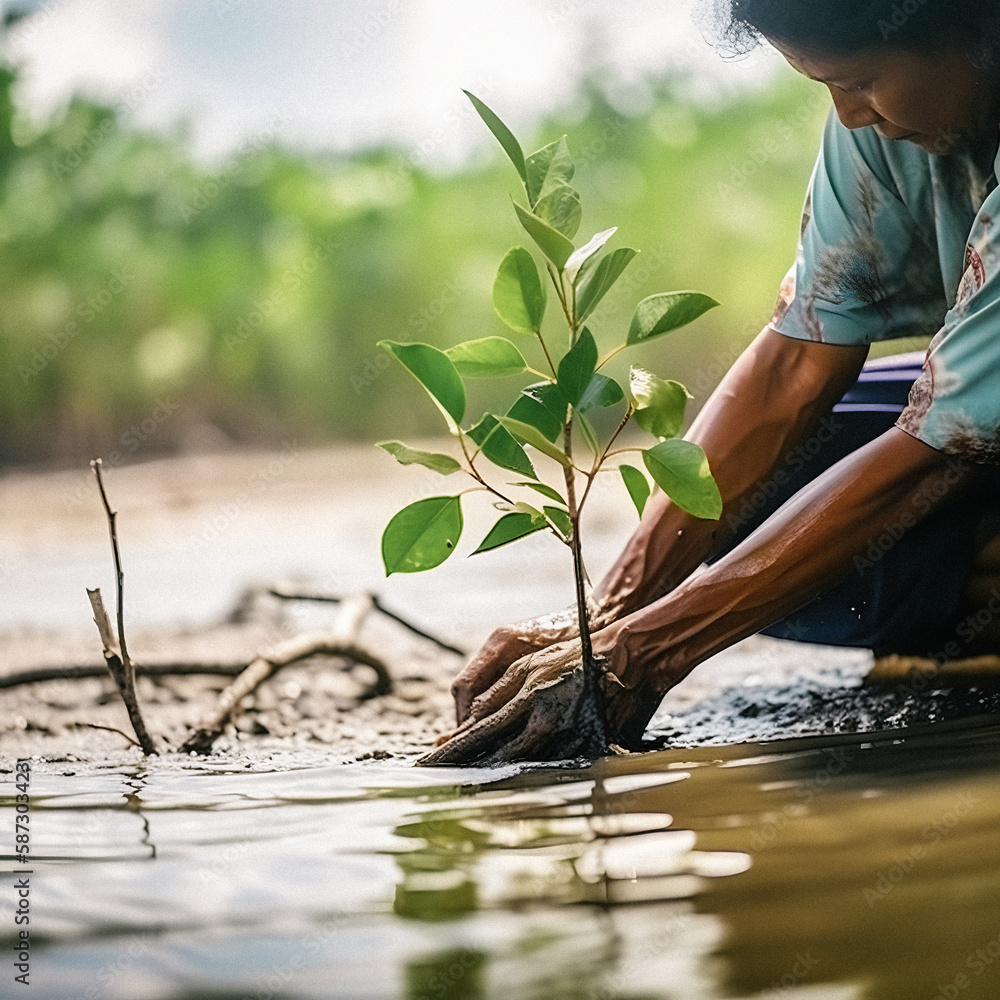Scottish Coastline Restoration: Seagrass Planting Bids And Their Impact

Table of Contents
The Importance of Seagrass Meadows in Scottish Coastal Ecosystems
Seagrass meadows are often referred to as the "lungs of the sea," and for good reason. These underwater ecosystems provide a multitude of essential services within the Scottish marine environment. Their significance to the health of our coastline cannot be overstated. Consider the following:
-
Seagrass: A Carbon Sequestration Powerhouse: Seagrass meadows act as highly effective carbon sinks, absorbing and storing significant amounts of atmospheric CO2, contributing significantly to mitigating climate change. This carbon sequestration is far more efficient than that of terrestrial forests.
-
Biodiversity Hotspots and Fish Nurseries: These dense underwater grasslands provide crucial habitats and nurseries for a wide array of marine life. Numerous fish species, invertebrates, and other organisms rely on seagrass for shelter, food, and breeding grounds. Their loss directly impacts fish stocks and the overall biodiversity of the Scottish marine environment.
-
Coastal Protection and Erosion Control: The dense root systems of seagrass plants bind sediments together, stabilizing the seabed and reducing coastal erosion. This natural coastal defense mechanism protects our shores from the damaging effects of storms and wave action.
-
Water Quality Improvement: Seagrass meadows act as natural filters, improving water quality by trapping sediments and pollutants. This leads to clearer water and healthier marine ecosystems.
Seagrass Planting Bids: Funding and Project Implementation
Bringing these vital ecosystems back to life requires significant investment and coordinated effort. Securing funding for seagrass restoration projects is a crucial first step. Several avenues exist for securing the necessary resources:
-
Funding Sources for Seagrass Restoration: A variety of funding bodies support seagrass planting bids in Scotland. These include government grants from the Scottish Government, funding from environmental charities such as The National Lottery Heritage Fund, and EU funding streams focused on environmental protection.
-
Securing Funding for Seagrass Restoration Projects: The application process typically involves detailed project proposals outlining the project's goals, methodology, budget, and expected outcomes. Strong scientific evidence highlighting the need for restoration and the potential impact of the project is crucial.
-
Project Implementation: A Phased Approach: A typical seagrass planting project involves several stages:
- Site Selection: Identifying suitable sites based on factors like water quality, sediment type, and wave exposure.
- Seed Collection/Cultivation: Collecting seeds or cultivating seagrass seedlings in nurseries before planting.
- Planting Techniques: Employing various planting techniques depending on the scale and site conditions, including hand planting, using biodegradable mats, or deploying seeds via specialized equipment.
- Monitoring and Evaluation: Regularly monitoring the planted seagrass meadows to assess growth, survival rates, and overall project success. This involves using techniques such as underwater surveys and remote sensing.
-
Successful Scottish Seagrass Restoration Projects: Numerous projects across Scotland have demonstrated the feasibility and effectiveness of seagrass restoration, providing valuable lessons and best practices. These case studies are invaluable for informing future initiatives.
-
Community Involvement: Successful seagrass restoration often hinges on the involvement of local communities. Volunteer programs and citizen science initiatives can play a significant role in planting, monitoring, and raising awareness.
Challenges and Opportunities in Seagrass Restoration
Despite the successes, seagrass restoration faces several challenges:
-
Environmental Challenges: Pollution from agricultural runoff, sewage, and industrial discharge can significantly hinder seagrass growth and survival. Climate change, with rising sea temperatures and ocean acidification, also poses a major threat. Invasive species can outcompete native seagrass.
-
Innovative Approaches: To improve success rates, innovative approaches are being developed, including the use of drones for monitoring, advanced planting techniques, and genetic selection of resilient seagrass varieties.
-
Long-Term Monitoring and Adaptive Management: Long-term monitoring is crucial to assess the long-term success of restoration efforts and allow for adaptive management strategies to address unforeseen challenges.
-
Collaboration is Key: Successful seagrass restoration requires collaboration between scientists, government agencies, and local communities to share knowledge, resources, and best practices.
The Socio-economic Impact of Seagrass Restoration
The benefits of seagrass restoration extend beyond environmental gains. These projects create significant socio-economic opportunities:
-
Boosting Eco-tourism and Job Creation: Restored seagrass meadows can attract eco-tourists, creating job opportunities in areas such as guiding, boat tours, and accommodation.
-
Sustainable Development: Seagrass restoration contributes directly to sustainable development goals by enhancing biodiversity, protecting coastal communities, and improving water quality.
-
Economic Benefits: The revitalization of coastal ecosystems can lead to increased tourism revenue and related economic activities. Healthy coastal areas are more attractive to tourists.
-
Community Benefits: Seagrass restoration projects often empower local communities, creating a sense of ownership and pride in their environment.
Conclusion
This article has highlighted the vital role of seagrass planting bids in restoring the Scottish coastline. These projects are not merely environmental endeavors; they provide significant ecological, economic, and social benefits. Successful implementation requires securing funding, utilizing effective planting techniques, and engaging local communities. The long-term sustainability of these projects depends on ongoing monitoring, adaptive management strategies, and continued collaboration.
Call to Action: Learn more about how you can support seagrass planting initiatives and contribute to the restoration of Scotland's precious coastline. Search for "Scottish coastline restoration" projects near you and get involved in preserving this vital ecosystem. Explore opportunities to support seagrass planting bids in your area and help protect our marine environment. Together, we can revitalize our shores and ensure a healthy future for Scotland's coastal ecosystems.

Featured Posts
-
 Saturdays Partial Solar Eclipse In New York City What Time And How To Watch
May 05, 2025
Saturdays Partial Solar Eclipse In New York City What Time And How To Watch
May 05, 2025 -
 Joe Parkers Mandatory Wait A Potential Roadblock For An Undisputed Fight
May 05, 2025
Joe Parkers Mandatory Wait A Potential Roadblock For An Undisputed Fight
May 05, 2025 -
 Ufc 313 Pereira Vs Ankalaev Dfs Picks And Predictions For Mma Mashup
May 05, 2025
Ufc 313 Pereira Vs Ankalaev Dfs Picks And Predictions For Mma Mashup
May 05, 2025 -
 Nhl Roundup Panthers Comeback Victory Avalanches Crushing Defeat
May 05, 2025
Nhl Roundup Panthers Comeback Victory Avalanches Crushing Defeat
May 05, 2025 -
 Sydney Sweeney Sings Post Split Karaoke A Breakup Anthem
May 05, 2025
Sydney Sweeney Sings Post Split Karaoke A Breakup Anthem
May 05, 2025
